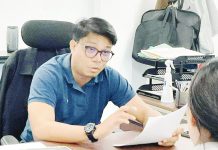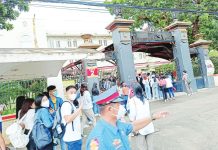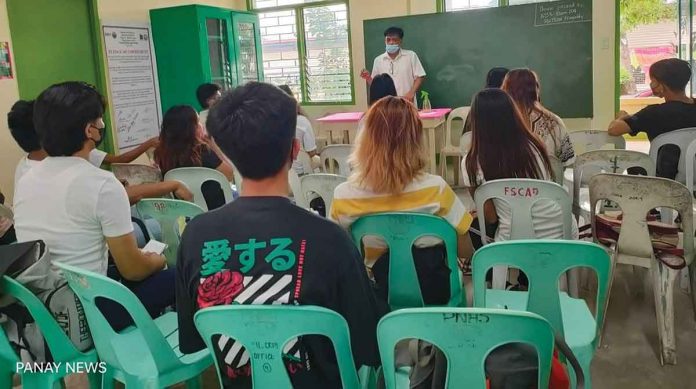
BY IME SORNITO
ILOILO – An unplanned pregnancy during her 8th grade made Hanna Mae Molina of Barangay Duyan-duyan, Santa Barbara, Iloilo decide to leave school to take care of her child.
After around four years, she decided to go back to school for her child’s sake. She dreams of a degree in caregiving.
“Biskan mabudlay gina kaya ko gid para sa akon nga bata, para may future man sia,” said Molina, now 23 and a senior high school Alternative Learning System (ALS) learner at Pavia National High School (PNHS).
Teary-eyed while sharing her story to Panay News, Molina said, “Tinguhaan ko gid nga makatapos. Ma-eskwela gid ko sa college.”
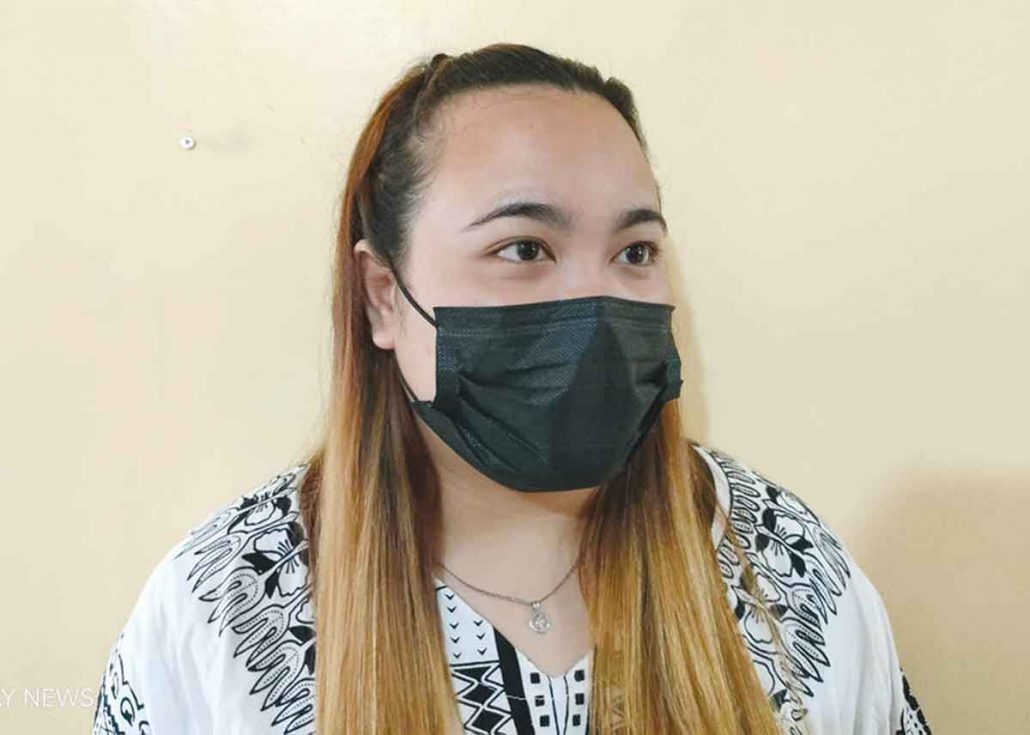
Out-of-school youth – and even adults – like Molina are grateful that their dream of having access to education is being realized through the ALS of the Department of Education (DepEd).
ALS is a parallel learning system that provides opportunities for out-of-school youth and adult (OSYA) learners to develop basic and functional literacy skills, and to access equivalent pathways to complete basic education.
‘SECOND CHANCE’
A viable alternative to the existing formal education system, ALS encompasses both non-formal and informal sources of knowledge and skills. As a “second chance” education program, it aims to empower OSYA learners to continue learning in a manner, time and place suitable to their preference and circumstances, and for them to achieve their goals of improving their quality of life and becoming productive contributors to society.
In Molina’s case, she has time to look after her first-grade child while pursuing her own studies. Her ALS schedule is two days of face-to-face classes and three days of modular learning.
The ALS Program uses a contextualized non-formal curriculum which is substantially aligned with the K to 12 Curriculum for Basic Education of the formal school system, but it is not the mirror image of the formal school curriculum. It is aligned but not identical. This takes into account the prior learning of its learners and reflects the indicators of functional literacy into six interrelated learning strands.
According to Joseph Eleazar Pedregosa, 21, of Barangay Ungka II, Pavia, the ALS Program allows him time to work.
“Nagpadayun ako sa pag-eskwela para makatapos para makapangita sang maayo nga obra. Budlay kung solo-sideline lang,” said Pedregosa.
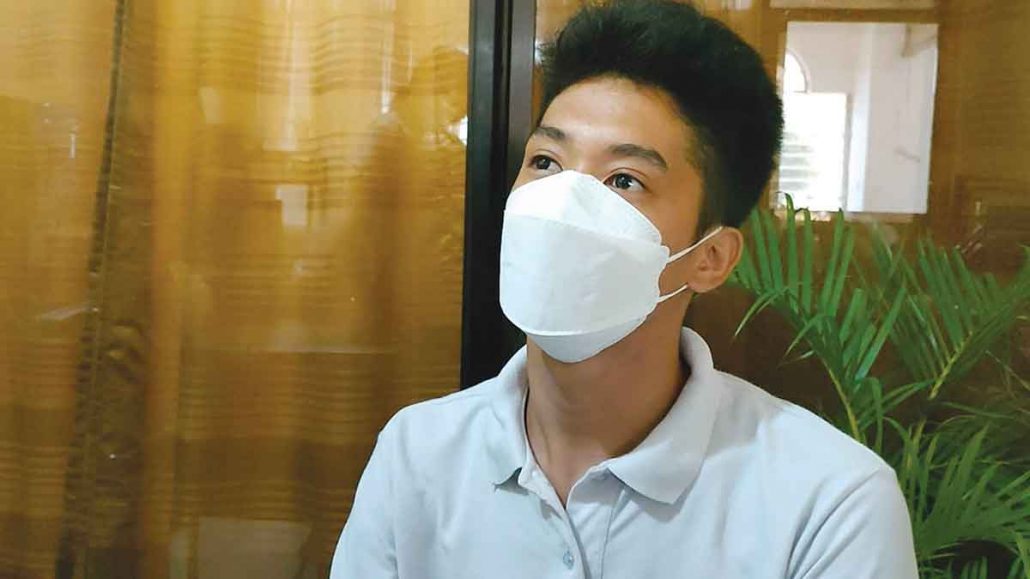
His ALS classes are every Tuesday and Thursday. His spare days are devoted to work and helping his parents.
Zenna Delle Arcenia, 19, of Barangay Anilao, Pavia is in similar circumstances and is very hopeful. She is an ALS learner at PNHS, too, while working as a call center agent.
“Para biskan mag-obra ako, dayun gihapon ang akon schooling,” said Arcenia.
NEVER TOO LATE
Concurrent assistant school principal II of Pavia NHS and Division ALS coordinator, Michael Tamallana, enjoins out-of-school youth and adults to enroll in ALS.
“Sa ALS may pag-asa. It is never too late to avail quality, complete basic education,” said Tamallana.
For this school year 2022-2023, a total of 211 learners in Iloilo province are ALS-enrolled for basic literacy, 676 learners for elementary, and 2,762 learners for junior high school.
For the pilot implementation of ALS in senior high schools in 14 selected secondary schools in the province, 602 learners enrolled.
“This is our mandate sa DepEd. We are doing our best to provide complete basic education to all our citizens, young and adult,” said Tamallana.
According to Juan Adlai C. Caigoy, Education Program Supervisor I, Division ALS Focal Person of DepEd-Schools Division of Iloilo, 128 ALS teachers deployed to 345 ALS community-based learning centers in the province, except for senior high school learners who are handled by formal education teachers.
There are nine Education Program Specialists (EPS) assigned per congressional district to monitor the learning process and progress in ALS.
Caigoy explained that each learner fills up an “individual learning agreement” where they can indicate their own schedule. The teacher then plans the clustering of students based on available time.
“Ang pagsulod sang aton learners depende sa availability sang time sang learners kay iban sa ila may obra man sa ila balay. So, may ara nga individual learning agreement kon sa diin nagabutang sang adlaw or oras nga puede sila makakadto sa community learning center,” said Caigoy.
Before classes start, the teacher identifies the kind of learning method suited per learner. Modules are distributed for learners to take home and work on.
An assessment is conducted every end of the school year, said Caigoy, particularly looking on the portfolio of each learner where all of their outputs are compiled.
“Gina-make sure namon nga ang mga bata maka-comply sang work output and amo na ang basehan kon puede naton sila ma-promote sa sunod nga level,” added Caigoy.
The DepEd determines age cut-offs for every level of learners: for elementary – 12 years old; for junior high school – 16 years old; and for senior high school – 18 years old.
This September and October 2022, 1,680 ALS learners both in elementary and junior high schools are expected to graduate.
SUCCESS STORY
The Division ALS Focal Person is proud of the successes achieved by ALS graduates who became professionals working either in government or private companies.
“Sang nagligad nga tuig damo ALS learners ang may obra like abroad, like professional na. Aton learners nakatapos na, may doctor of veterinary medicine, teachers, may obra sa government agencies,” stated Caigoy.
One of them is Elvin Dela Torre-Segovia, a resident of Barangay Devera Sara, Iloilo and a former ALS learner in the Schools District of Sara. He is currently working in the Maintenance and Engineering Department of a Filipino-owned company in Quezon City.
Due to economic misfortune, Segovia became an out-of-school youth.
“In 2008 I was in third year high school at San Juan Academy. I was not able to continue my schooling because of financial constraints. But despite many challenges I never lost hope that someday I can continue my studies,” said Segovia.
In 2009, Segovia enrolled for ALS at the Barangay Devera Community Learning Center in Sara, Iloilo and eventually passed the Accreditation and Equivalency Test, then pursued college education at the Northern Iloilo Polytechnic State College also in Sara.
Segovia graduated cum laude with a degree in Industrial Technology, major in Electrical Technology in 2014.
“Receiving this ALS opportunity helped me to attain this achievement and my goals in life. I could not be in my current position without the flagship program of the Department of Education, the Alternative Learning System. In a society where it is easy to lose sight of education as a blessing and a gift, I am glad to share my sincere thanks for the opportunity given to me,” said Segovia./PN

